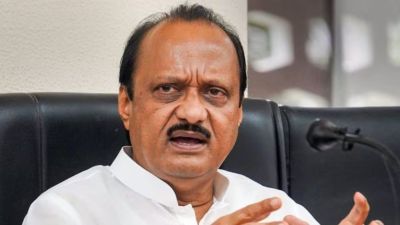As trade in region sputters, Tatas step on the gas
Amidst the bleak prospect that awaits the subcontinent’s leaders when they gather this weekend for the twice postponed summit in Dhaka,...

Amidst the bleak prospect that awaits the subcontinent’s leaders when they gather this weekend for the twice postponed summit in Dhaka, optimism about regional economic integration is emerging from an unexpected quarter, the Tata Sons.
All the platitudes at its 13th summit cannot gloss over the reality that since its founding two decades ago, the South Asian Association of Regional Cooperation has been a slow-boat to nowhere.
However, if they have their way, the Tatas are all set to launch the single biggest investment across borders in the Subcontinent-US$ 2.5 to 3 billion in Bangladesh.
Some recent studies say Tatas’ proposed investments in fertiliser, steel and power plants could add nearly two percentage points to the annual growth rate of Bangladesh, anchor the flow of further FDI, and develop trade and transport infrastructure.
But hold your breath. Dhaka is yet to clear the Tata investment deal. Like in India, there is no shortage of Bangla xenophobes who fear FDI. Nor is Dhaka any less capable than Delhi in scoring self-goals for domestic political effect.
For more than a year, Dhaka vexed over Tata’s requests on fiscal incentives and secure supply of gas. The latest reports from Dhaka indicate that the government will come up with final answers to the Tata proposals after the SAARC summit is over. Besides Bangladesh, the Tatas have big investment plans for Pakistan and are awaiting political approval from Islamabad. Ratan Tata, the group chief, had made a high-profile but unannounced visit to Pakistan a few months ago.
Until now muddled policies in New Delhi, Islamabad and Dhaka have prevented the promotion of sensible economic cooperation in the SAARC. If the Tatas succeed in Bangladesh and Pakistan, economics could finally begin to drive the politics of SAARC in the coming years.
Meanwhile, bureaucrats from the South Asian chancelleries are squabbling over the finalisation of the terms of a regional free trade treaty. While notionally, SAFTA is expected to enter into force in January 2006, its scope is rather limited and genuine free trade is not likely to kick in until 2016, if at all.
Differences remain on the contentious issues of rules of origin, compensation for least developing countries, and sensitive lists exempted from free trade. While India already has a variety of free trade arrangements with Nepal, Bhutan and most recently with Sri Lanka, Dhaka and Islamabad are resisting a collective movement towards a SAFTA.Bangladesh and Pakistan fear they will be swamped by Indian exports under the SAFTA, while India continues to remain a well-protected market and enjoy huge trade surpluses.
That Indian investments are the way to reverse the current one-way regional trade flows—mostly from India to her neighbours—has been demonstrated by the India-Sri Lanka FTA that came into force in 2000.
Even as trade volumes rapidly expanded between the two countries, the ratio of Indian exports to and imports from Sri Lanka have improved from 15:1 to 5:1 this year. Much of this improvement is thanks to growing Indian investments in Sri Lanka. That Colombo is now set to become Delhi’s largest trading partner in South Asia reveals the dismal tale of India’s trade relations with Bangladesh and Pakistan which have much larger markets than Sri Lanka.



- 01
- 02
- 03
- 04
- 05




























